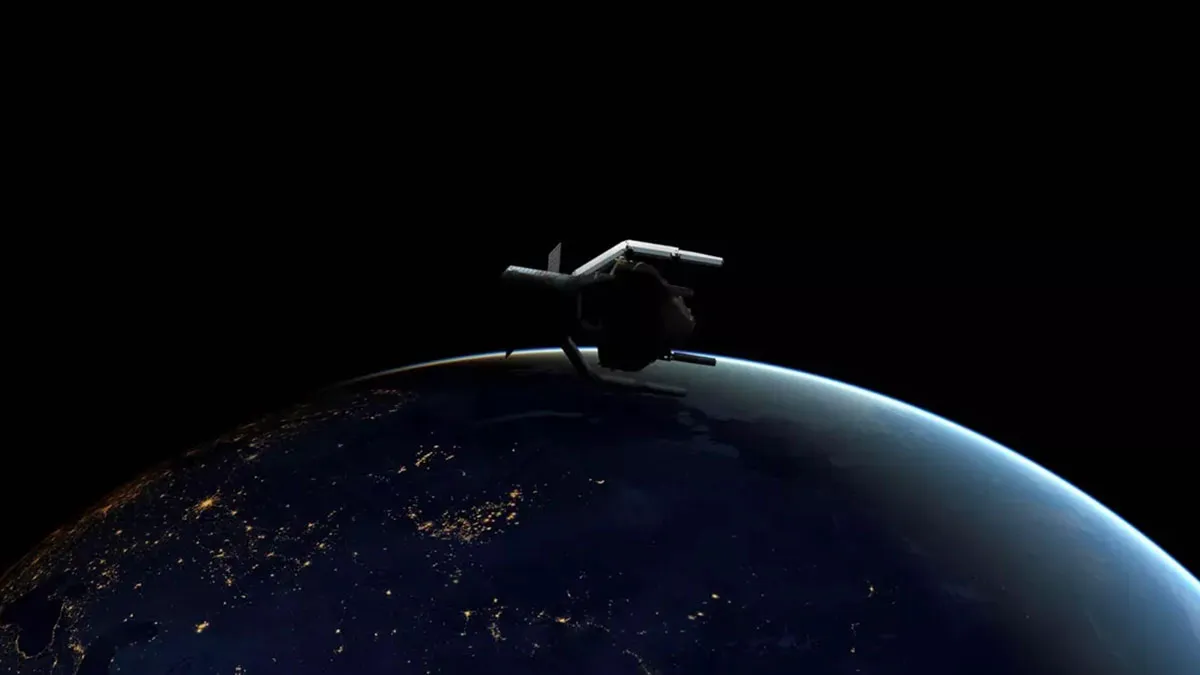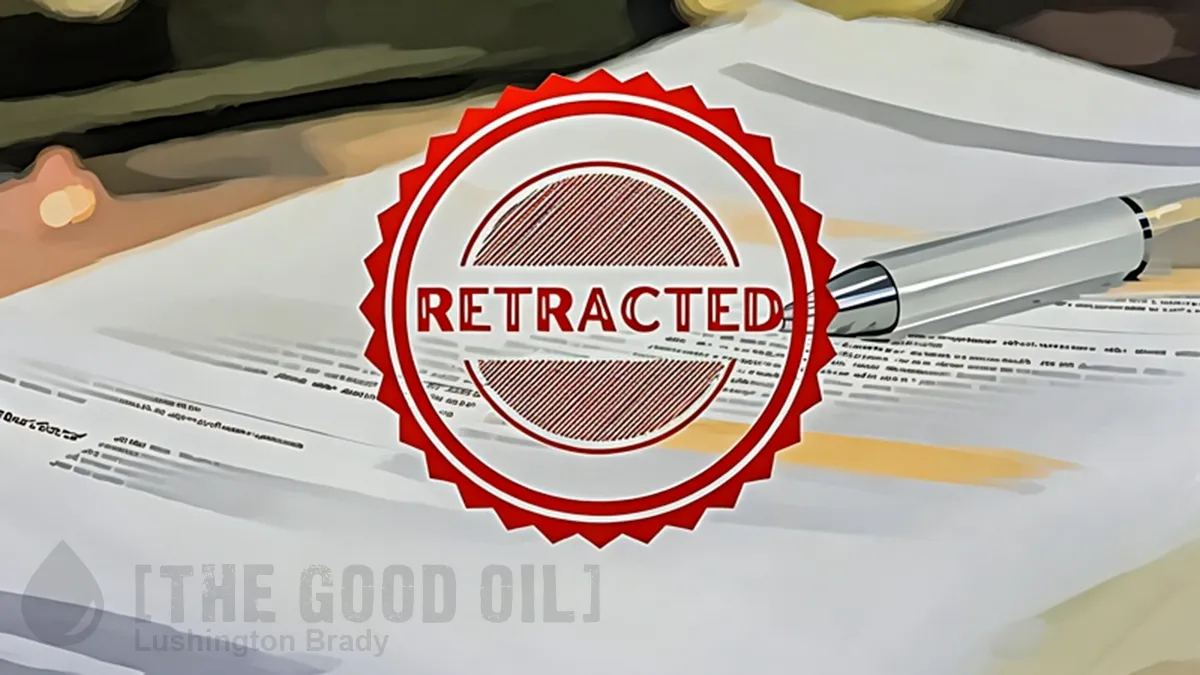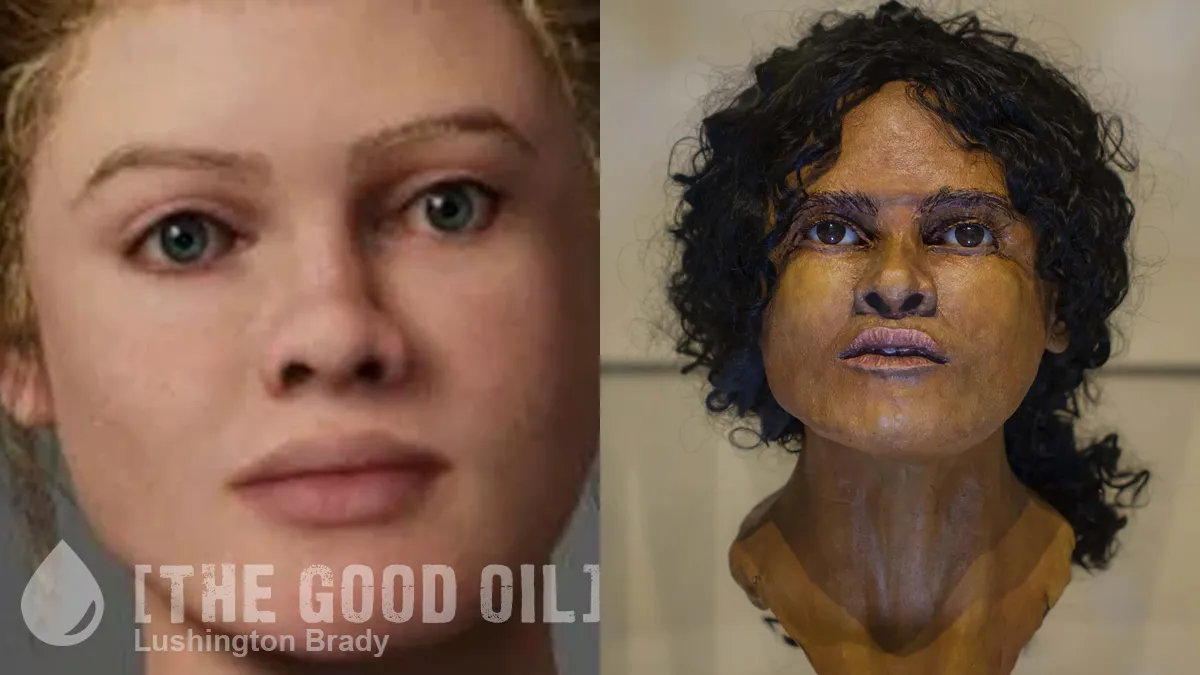Table of Contents
It sounds like something from a ’50s b-grade science-fiction movie: The Claw from Outer Space!
But, in fact, a very real giant claw in orbit around the Earth is being proposed by the European Space Agency. Why not? It’s 2020, after all.
Unlike some rampaging alien monster of Hollywood, this giant claw has a much more benign mission. The claw will decide what will go and what will stay in the heavens.

There are roughly 2,800 live satellites currently orbiting Earth. That’s a lot, but it’s absolutely nothing compared with the amount of defunct objects — aka space junk — also circling the globe.
Scientists estimate that almost 3,000 dead satellites are orbiting our planet, which doesn’t account for the 900,000 pieces of debris less than 10 centimeters long that could cause a catastrophe should a chunk hit the wrong satellite at the wrong time.
A single dropped nut or even a flake of paint might not sound like much to worry about, but the relative velocities of objects in Earth orbit changes all that. As Major Tom says in Space Oddity, “Though I’m past one hundred thousand miles I’m feeling very still”. The apparent gliding serenity of spaceships and spacewalking astronauts in footage belies the fact that they are travelling at enormous velocity relative to the Earth below. Two objects in orbit might collide at as much as tens of kilometres per second. At that speed, the kinetic energy of even a small bolt would be equal to as much as a couple of kilograms of TNT.
For example, in 2016, an object estimated to be just a few thousandths of a millimetre across gouged a 7mm chip out of one of the International Space Station’s windows.
Scientists and engineers are hard at work trying to solve the problem, and the European Space Agency is in the beginning stages of executing one of the more bizarre solutions: a space claw that would grip larger defunct satellites and steer them back into the Earth’s atmosphere, where both the satellite and the claw itself would burn up in peace.
The plan was initially conceived in 2019, but now the ESA is officially signing a contract with Swiss startup Swiss startup ClearSpace to build and launch its very first debris removal mission, called ClearSpace-1.
The claw’s first target is a VESPA (Vega Secondary Payload Adapter) that’s been orbiting Earth since it helped launch an ESA Vega rocket back in 2013. The VESPA weighs 112 kgs and, according to the ESA, is close in size to a small satellite.

The VESPA is a big piece of hardware and so relatively easy to find. Most of the hundreds of thousands of pieces of space junk in orbit are tiny. Fortunately, they’re also very far apart. Unlike the movie Gravity, space junk doesn’t conveniently whiz around in a single, giant mass (but then, untrained personnel also don’t figure out how to fly unfamiliar spaceships just by looking at a couple of helpful infographics in a handy manual, either).
So, cleaning up the sky above us is going to be a very long-term project indeed. But, increasingly, a necessary one, as private space enterprises start launching more and more commercial orbital flights.
The ESA is contributing 86 million euros to the cost of the mission. It’s expected that ClearSpace will raise the rest as it attempts to make a long-term business of junk removal. Hopefully this mission can become the first of many, as humanity discovers new and innovative ways to clean up the gargantuan mess it’s made of the space above our atmosphere.
ClearSpace is hoping to launch its first mission in 2025.
CNET

Please share this article so that others can discover The BFD









